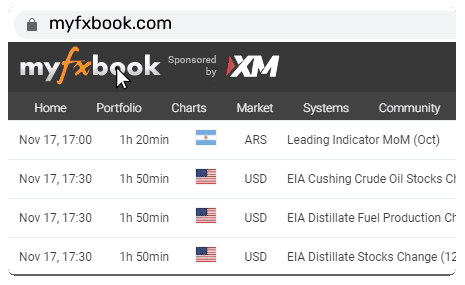U.S. Consumer Prices Inch Up In Line With Expectations But Core Price Growth Exceeds Estimates

(RTTNews) - While the Commerce Department released a closely watched report on Friday showing consumer prices in the U.S. crept up in line with expectations in the month of May, the report also showed core consumer prices rose by slightly more than expected.
The report said the personal consumption expenditures (PCE) price index inched up by 0.1 percent in May, matching the uptick seen in April as well as economist estimates.
The annual rate of growth by the PCE price index accelerated to 2.3 percent in May from 2.2 percent in April, which also matched expectations.
Meanwhile, the core PCE price index, which excludes food and energy prices, rose by 0.2 percent in May after inching up by 0.1 percent in April. Economists had expected another 0.1 percent uptick.
The annual rate of growth by the core PCE price index also accelerated to 2.7 percent in May from an upwardly revised 2.6 percent in April.
Economists had expected annual rate of growth by the core PCE price index to tick up to 2.6 percent from the 2.5 percent originally reported for the previous month.
"Today's release revealed a little more core inflation than expected based on CPI and PPI data, but not enough to concern anyone," said FHN Financial Chief Economist Chris Low. "Remember, as explained by Jay Powell last week, Fed policy is positioned to prevent its imagined worst-case inflation scenario, not its base case."
The Federal Reserve's preferred readings on consumer price inflation were included in the Commerce Department's report on personal income and spending.
The Commerce Department said personal income fell by 0.4 percent in May after climbing by a downwardly revised 0.7 percent in April.
Economists had expected personal income to rise by 0.3 percent compared to the 0.8 percent increase originally reported for the previous month.
Disposable personal income, or personal income less personal current taxes, fell by 0.6 percent in May after growing by 0.8 percent in April.
The report also said personal spending edged down by 0.1 percent in May after rising by an upwardly revised 0.2 percent in April.
Personal spending was expected to come in unchanged compared to the 0.1 percent uptick originally reported for the previous month.
Excluding price changes, personal spending fell by 0.3 percent in May after inching up by 0.1 percent in April.
With income falling by more than spending, personal saving as a percentage of disposable personal income slumped to 4.5 percent in May from 4.9 percent in April.
"Much of the declines in personal income and spending in May was due to an unwinding of temporary factors," said Michael Pearce, Deputy Chief US Economist at Oxford Economics.
He continued, "But the trend in parts of discretionary spending has weakened, and we expect a further slowdown in the coming months as tariffs begin to weigh on real disposable incomes."


















